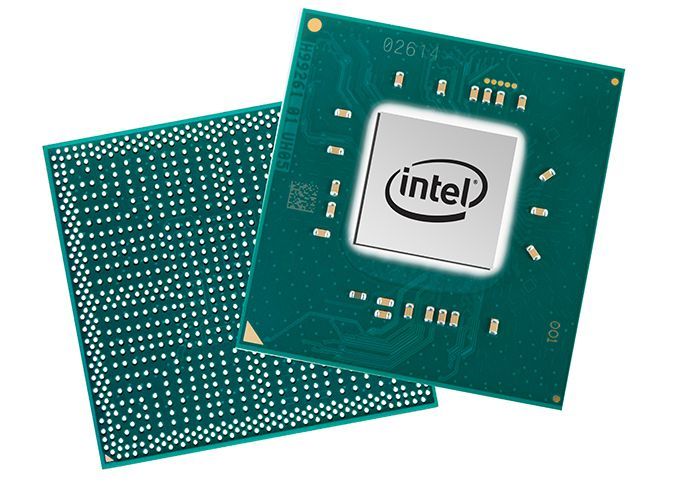We’re getting news about the ARM big.LITTLE architecture designed for laptops. This could be used on desktops with Intel Alder Lake-S.
It appears that in recent times we seem to know a lot about Intel’s plans, but then we realize that we don’t know that much. Now the news is focusing on the big.LITTLE architecture that could be used for desktop chips, although it was designed for laptops. Intel Alder Lake-S is a rumor in itself, and the sockets that are to be used.
Originally, big.LITTLE was an architecture focused on Intel laptops with the goal of saving battery power. It was featured with smaller cores that were only intended to be used for certain workloads. According to some leaks Intel plans to integrate this platform into the desktop chips.
Considering the TDP of future Intel Alder Lake S chips, we can assure this as it seems unthinkable that a laptop processor would have a 125W TDP. We also see the possible name of the future socket: the LGA 1700, which will accompany this generation of processors. This leads us to assume that LGA1200 would be used for Comet Lake S and Rocket Lake S, the 10th and 11th generation of processors.
Looking at the table, it seems that they are developing a power option that would have a TDP of 150W. There is no doubt that this chip would have a very high frequency and would be the most powerful option in this series of processors.
The number sums in brackets indicate that these are cores divided into large and small. It is therefore assumed that it would be the large and small ARM architecture. Specifically, we see two models that would correspond to 16 cores: 8 small and 8 large.
This so-called 12th generation of processors unleashes a thousand rumors per second. First of all, it is assumed that they would support PCI Express 4.0. On the other hand, there is no information confirming that this platform will support DDR5, which is not long in coming. Theoretically, they would be 10nm processors, but this is hard to confirm, considering what we have seen at Intel.
